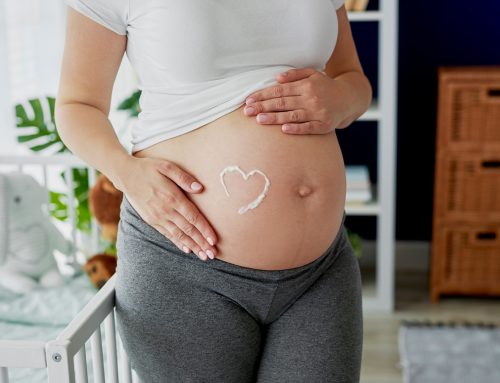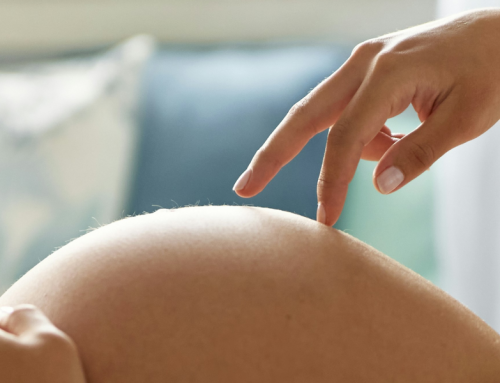Although the day of the transfer varies, depending on the medical history of each patient, it is commonly made between the second and third day after the puncture
The embryo transfer, along with the pregnancy test, is one of the most crucial times in assisted reproductive therapy. Once the follicular puncture has been made and the egg has been fertilised in the laboratory, the embryo starts to develop: all that remains is to transfer it to the uterus of the future mother. However, this transfer may take place between day 2 and 3 after the puncture or between day 5 and day 6. What does this depend on? Dr. Clara Colomé, assisted reproduction specialist at Eugin, gives the answer.
“In a natural pregnancy, the embryo reaches the uterus and is implanted in the uterus lining between the 5th and 6th day of life”, says Dr. Colomé. “But in an assisted reproduction laboratory, the evolution of the embryo in the incubator from day 3 to day 5 is more delicate: this is the time when it changes from being an organism of 4-8 cells to a blastocyst with hundreds of cells. If we wait until day 5, there is a risk of none of the embryos arriving in good condition and the transfer having to be cancelled”, she adds.
For this reason most transfers are made within 2-3 days of the puncture. “At this time the embryo is at a stage of development but in the laboratory it is possible to ensure the appropriate conditions for it to thrive”, says the doctor.
Implantation failure strategy
Nonetheless, in some women, the option of making the transfer on day 5 is evaluated, when the embryo has been converted into a blastocyst. “This occurs in patients who, after having been subjected to several in vitro fertilisation treatments with the transfer between day 2 and 3, have had several implantation failures”, says Dr. Colomé. “At all events, this option is discussed with the patient before the transfer, but afterwards, we make the evaluation on day 3 along with the biologists, who tell us whether or not it is advisable to wait until day 5, depending on the number of embryos available and their development”, she adds.
Making the transfer on day 5 is an option which is also considered for women in whom only one embryo is transferred in order avoid a twin pregnancy, either due to the express wish of the woman or if this is indicated by the doctor -in the event of having diabetes or hypertension.

Embryo on day 3 and Blastocyst
Evaluating each particular case
In all cases, the specific circumstances of each patient should be considered in order to decide on the most appropriate day for making the embryo transfer. The doctor supervising the treatment will take part in this decision, and decide whether the day of the transfer should be changed, based on the patient’s history.
The decision may also be taken when the embryologist observes the embryos. “For instance, it may occur that a transfer has been planned for day 3, but the embryologist observing the embryos may consider it better to wait to make the transfer in order to make a better selection due to the number and development of the embryos”, explains Dr. Colomé. “This option is discussed with the patient and the final decision is taken jointly with the doctor”, she concludes.





